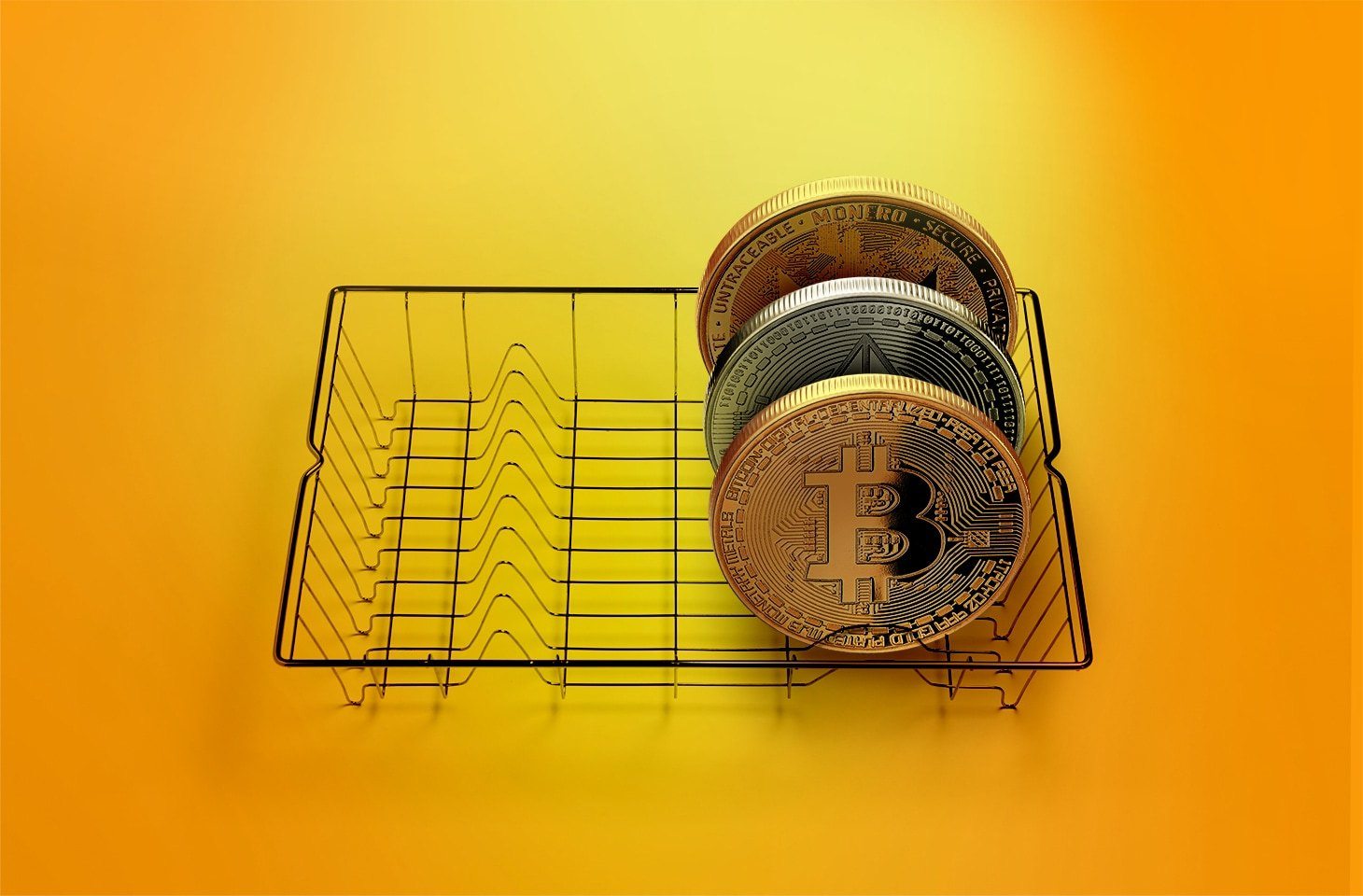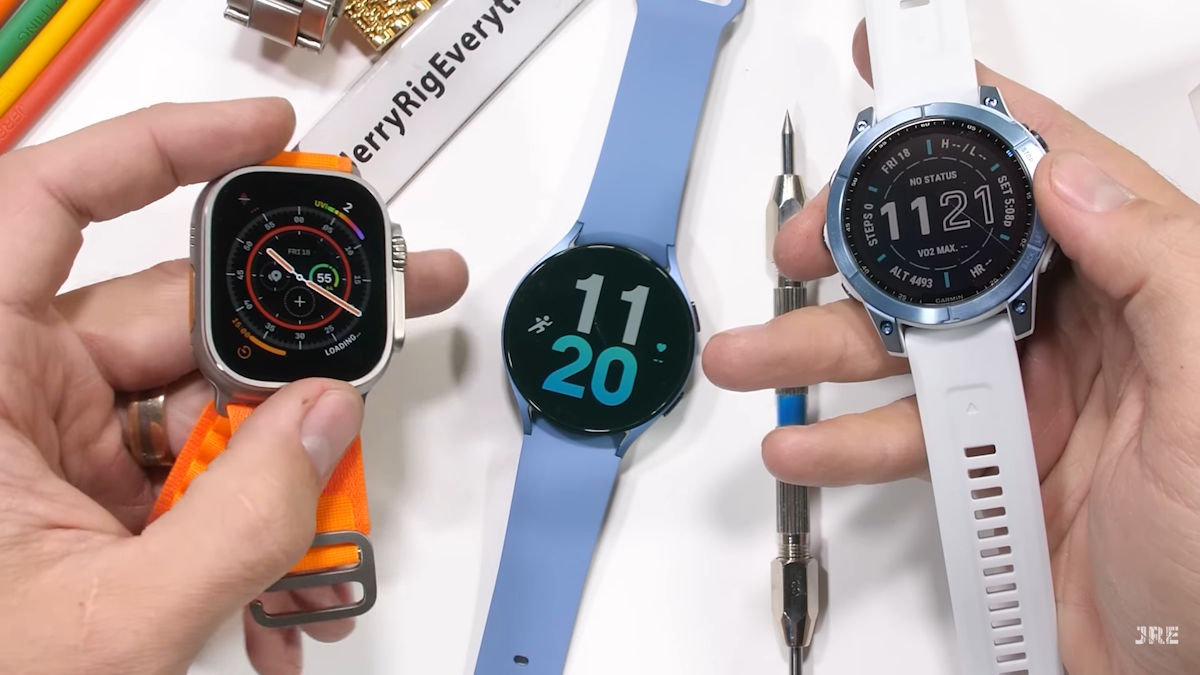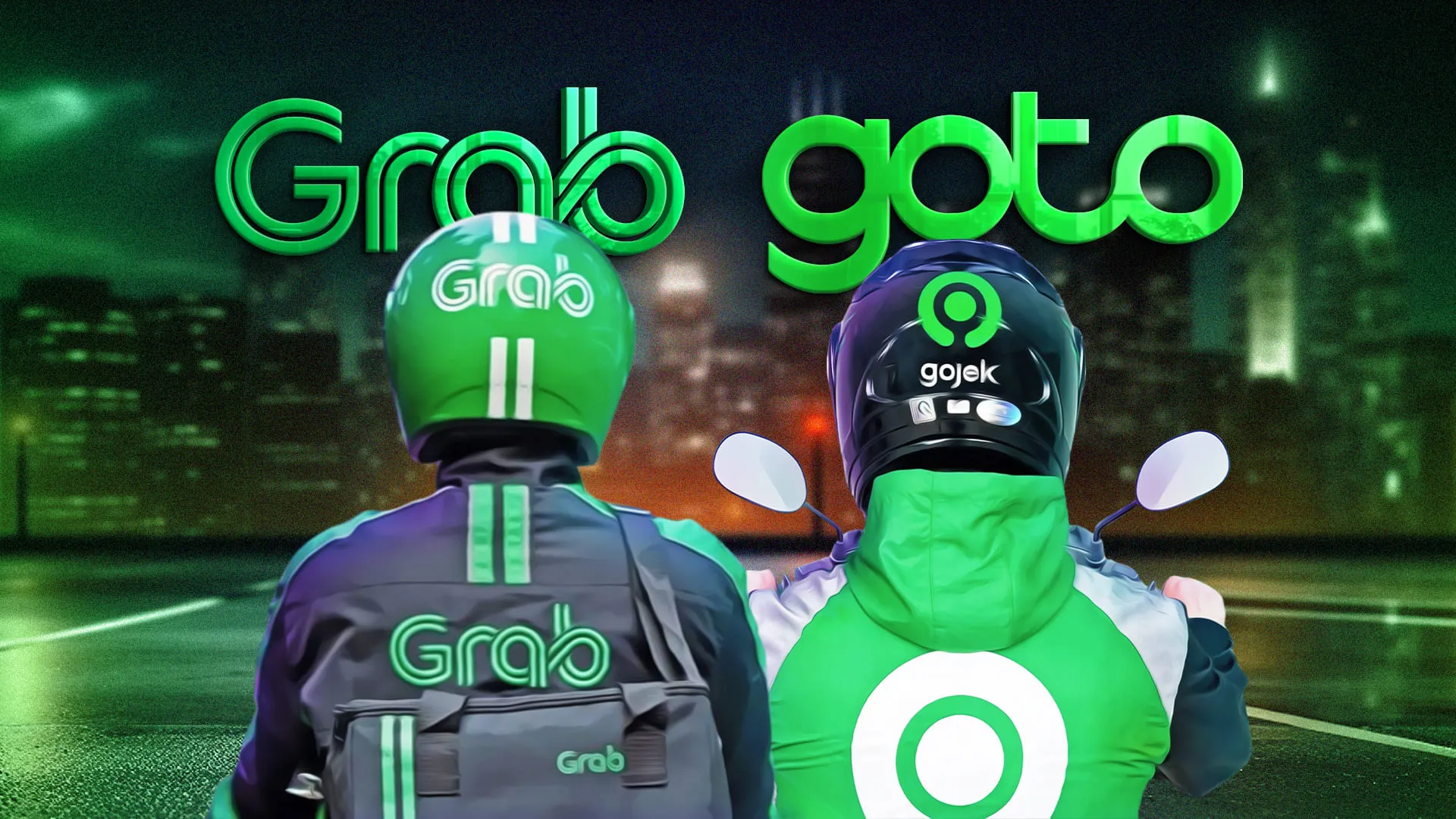
When two titans of Southeast Asia’s tech economy start whispering about a merger, everyone listens. And when those titans are Grab and GoTo, the stakes are nothing short of continental.
News that Grab Holdings Ltd. and GoTo Group are exploring a potential merger—still in its early stages, according to sources familiar with the matter—has triggered excitement in investor circles and anxiety elsewhere. If the deal goes through, it could create a regional behemoth spanning ride-hailing, food delivery, digital payments, and fintech. But it would also bring regulatory headaches, integration nightmares, and tough questions about competition and consumer welfare.
From Disruptors to Survivors
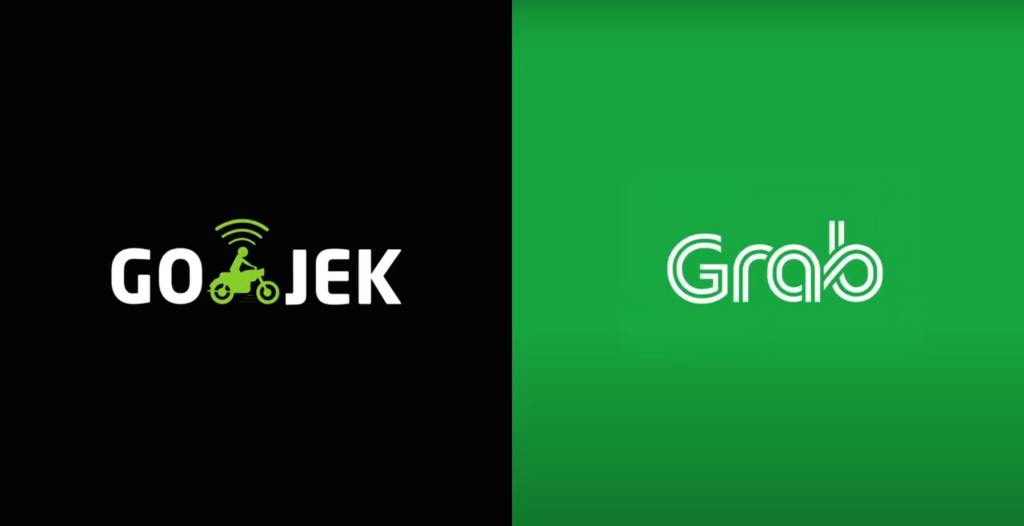
Grab and GoTo are no strangers to each other. The Singapore-based Grab and Indonesia’s GoTo (a merger of Gojek and Tokopedia in 2021) have long been rivals in Southeast Asia’s super app arms race. Both started with ride-hailing before expanding into broader consumer services. Both went public via high-profile listings. And both have struggled to prove that their ecosystems can generate profit at scale.
Grab, which listed on Nasdaq through a SPAC merger in late 2021, saw its valuation plunge from over $40 billion to under $12 billion today. GoTo’s debut on the Indonesia Stock Exchange in 2022 was followed by similar declines. Investor patience wore thin. The market no longer rewards growth-at-all-costs; it demands sustainable profit—and fast.
That’s what makes the current moment so critical. Grab has recently posted its first positive adjusted EBITDA. GoTo, on the other hand, has undergone multiple rounds of cost-cutting, layoffs, and streamlining. A merger could be the fastest route to scale, efficiency, and renewed investor confidence.
The Economic Logic
From a business standpoint, the case for consolidation is strong. Both companies operate in overlapping verticals across Southeast Asia. A merger could unlock:
- Cost synergies from shared backend systems, cloud infrastructure, and delivery networks
- Customer base integration, increasing cross-selling opportunities
- Reduction in marketing spend, as both burn heavily on user acquisition in Indonesia, Vietnam, and the Philippines
In short: less duplication, more focus. And perhaps, a better shot at profitability.
But synergy on paper often clashes with friction on the ground.
Regulatory Reality Check
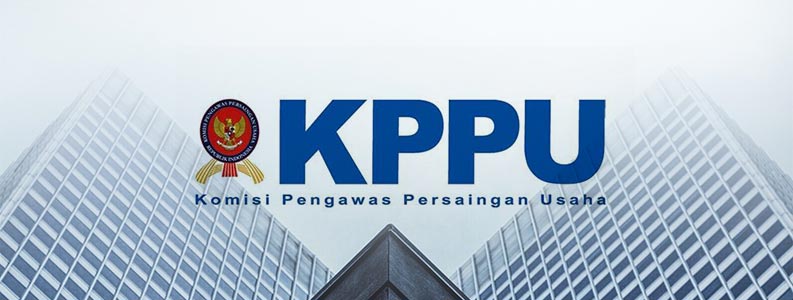
Any deal between Grab and GoTo would set off antitrust alarm bells across multiple jurisdictions.
In Indonesia, GoTo dominates ride-hailing and e-commerce. Grab holds significant market share in Singapore, Malaysia, and Vietnam. A combined entity could control too much of the digital services ecosystem—especially in transport, food delivery, and digital wallets.
Regulators across ASEAN may view this as a monopolistic move. The merger could:
- Limit consumer choice
- Lead to higher prices
- Concentrate too much data and power in a single platform
Both companies would need to walk a tightrope: proving the merger will not stifle innovation or competition, while also convincing investors that it’s the best path forward.
Integration Isn’t Easy
Even if regulators give the green light, execution will be a beast.
GoTo is still integrating Gojek and Tokopedia—two vastly different companies with their own systems, cultures, and leadership. Adding Grab to the mix would triple the complexity.
- Technology stacks are different, requiring massive backend unification.
- Organizational culture differs sharply—Grab is famously top-down; GoTo leans startup-agile.
- Brand strategy would be unclear: merge under one name or retain local brands?
- Redundancies across teams will be inevitable, possibly triggering more layoffs and internal tensions.
Market Implications: Who Wins, Who Loses?
Winners:
- Investors in both companies could see efficiency gains and improved bottom lines.
- Big brands and global tech players may find it easier to partner with a consolidated regional player.
Losers:
- Smaller startups in ride-hailing, fintech, or logistics may be pushed out or acquired.
- Consumers, who may face fewer choices, slower innovation, or reduced promo wars.
- Employees, especially in overlapping departments, who may face another round of layoffs.
The biggest wildcard? How competitors respond. Shopee (under Sea Group), for example, could use the distraction of a long integration phase to double down on user acquisition.
A Regional Blueprint—or a Warning?
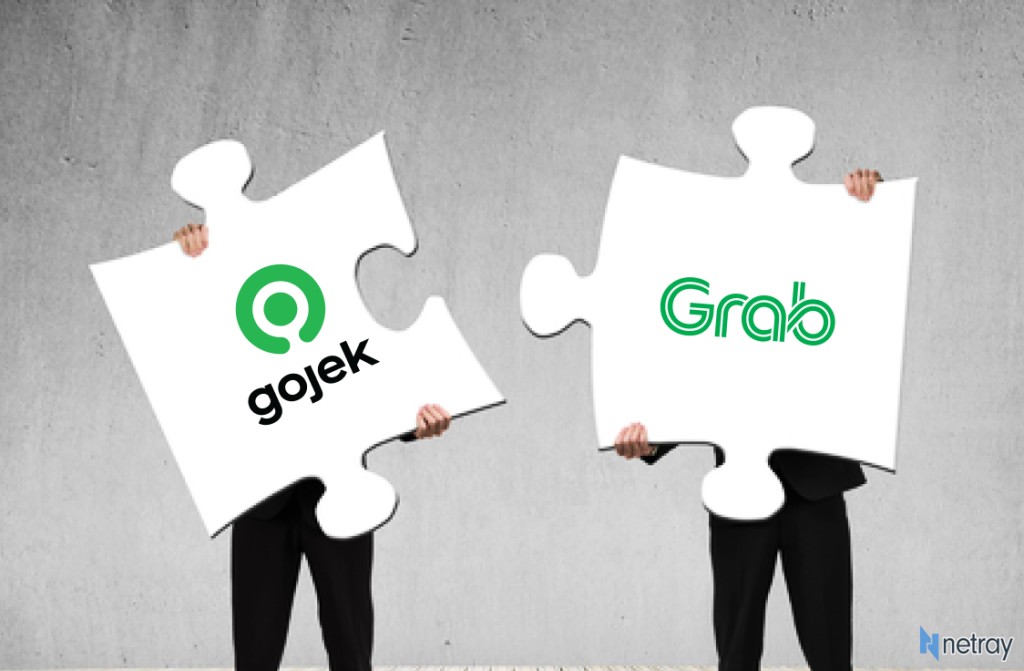
This wouldn’t be the first high-stakes consolidation play in Southeast Asia. The Gojek-Tokopedia merger was hailed as a milestone—until post-merger hurdles slowed momentum. Could Grab-GoTo face the same fate?
The combined entity would certainly have size, reach, and capital. But scale alone doesn’t guarantee success. As Western tech giants have learned, integration complexity and regulatory scrutiny can derail even the most well-intentioned mega-deals.
There’s also a philosophical question: Should Southeast Asia build a regional tech giant by force-fitting mergers? Or should it let localized innovation thrive on its own?
Final Take: Superpower or Super Mess?
The potential Grab-GoTo merger could mark a new chapter in Southeast Asia’s digital economy. If executed well, it might create a true regional powerhouse capable of competing with global players. If mishandled, it could become a cautionary tale of overreach and operational chaos.
Either way, one thing is certain: this story is far from over—and the entire region will be watching.


